
| A tale of two cities - Montreal and Quebec |
If you only have one day in Montreal |
|
 Montreal skyline |
|
Then, for want of a navette to cross the river as planned (the boat terminal seemed abandoned), we caught the metro back and wandered down to the Old City, with its 19th century architecture. Just next to it is the Old Port, now home to various exhibitions.
|
|
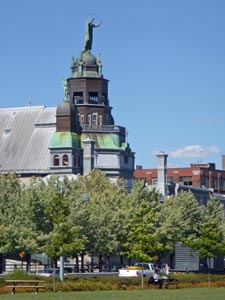 Notre-Dame-de-Bon-Secours |
|
|
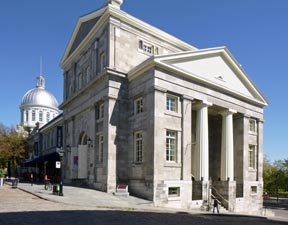 Back of the Bonsecour Markets |
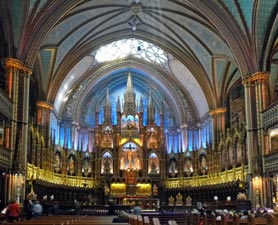 The all-wooden interior of the Basilica of Notre-Dame de Montréal |
|
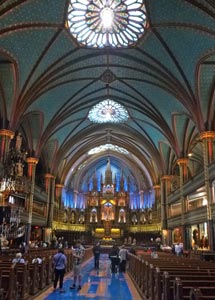 The ceiling of the Basilica of Notre-Dame de Montréal |
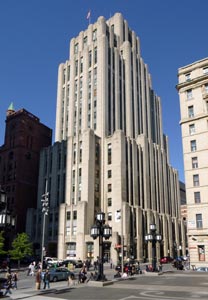 Mid-20th century architecture at the Place d'Armes |
 Juxtaposition of the ultra-modern and the old |
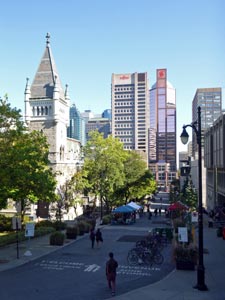 The turrets of McGill University and downtown Montreal |
|
|||
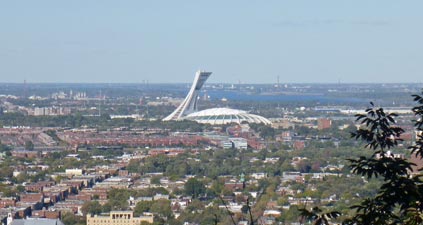 View over the old Olympic Stadium |
 |
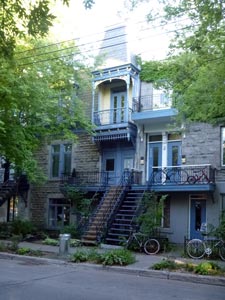 Terrace houses in Le-Plateau-Mont-Royal |
|
||
  |
Quebec City |
|
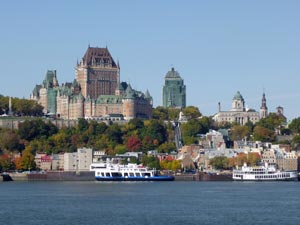 Crossing the St Lawrence by ferry from Levis to Quebec City |
|
|||
 The buildings of the lower city |
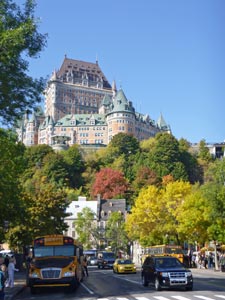 Chateau Frontenac perched above the lower city |
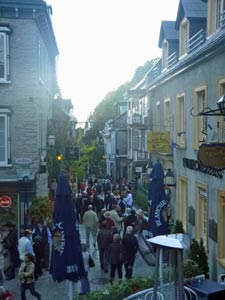 Cruise passengers fill the streets of Old Quebec |
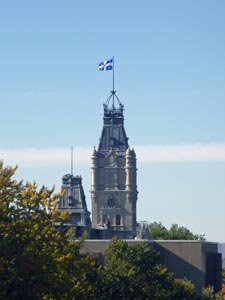 Le drapeau quebecquois flies high above the city |
|
||
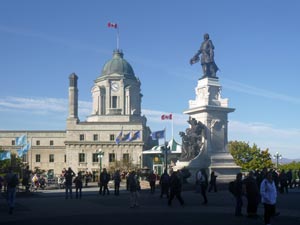 Statue of Samuel Champlain - the city's founder |
 The city walls and gate (Porte Kent) |
 A small city square |
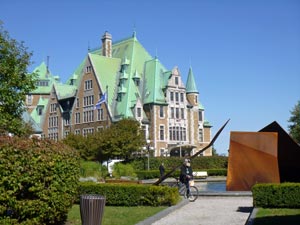 The Railway Station |
 Western wall of the old city |
 Classic old Quebec buildings |
 |
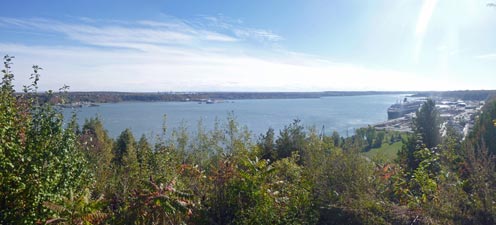 View over the St Lawrence River |
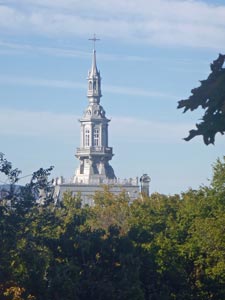 |
|
|
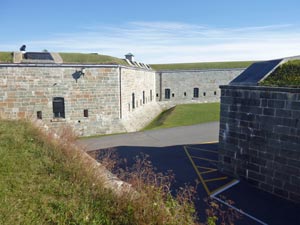 The Citadel |
 Plains of Abraham |
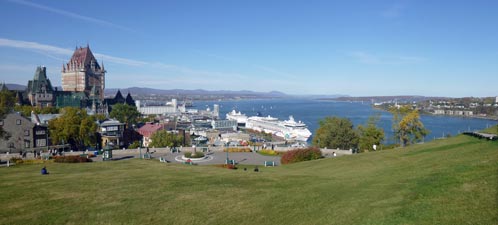 View back over the Chateau Frontenac and the St Lawrence River from The Citadel |
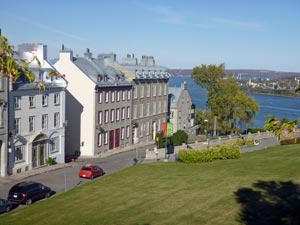 Terrace houses with a view |
|
|
  |